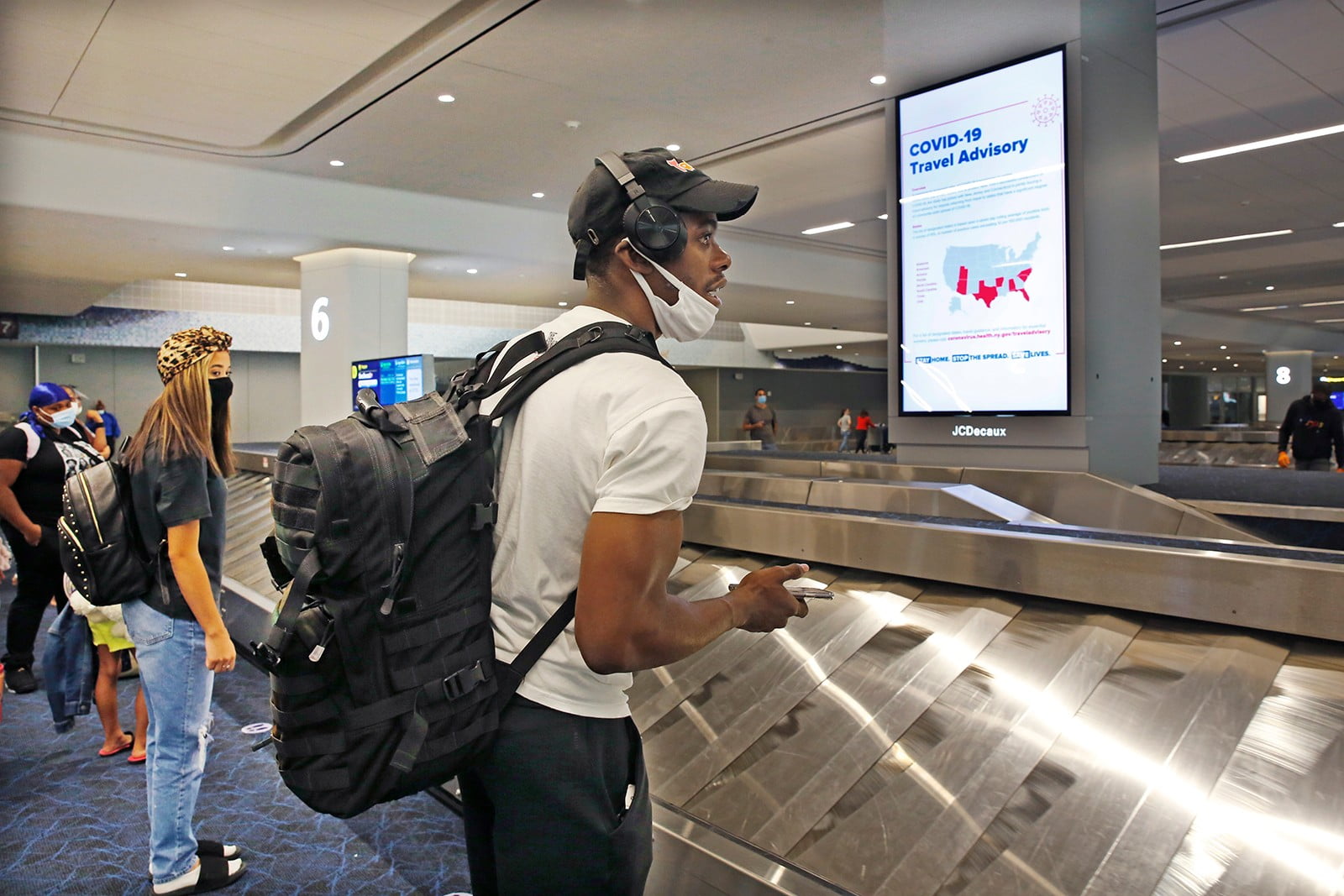In India, people can now use their thumbs to pay at stores
In its bid to boost digital payments, India introduced Bhim, a smartphone app that lets users make cashless payments and transfer funds.
But the Android and iOS versions of Bhim, which stands for Bharat Interface for Money, ran into two roadblocks – many Indians don’t have smartphones and those who have phones cannot afford data connections.
On Friday, India’s Prime Minister Narendra Modi launched Bhim-Aadhaar, a merchant interface for the Bhim app that allows Indians to pay digitally at stores using their thumb imprint through a merchants’ biometric-enabled device, which could be a smartphone having a reader and running the Bhim app.
“Any citizen without access to smartphones, internet, debit or credit cards will be able to transact digitally through the Bhim-Aadhaar platform,” the government said in a statement.
Key to the functioning of the payment system is Aadhaar, a biometrics-based authentication system for residents that the government has been pushing to the dismay of civil rights activists who are concerned that the data could be misused by hackers if they get access to the centralized database or even by the government that now has access to a lot of information on its citizens.
After enrolling, a person is given an Aadhaar number, which they enter when making a transaction. Once the Aadhaar number is entered into a terminal, the person’s fingerprint and iris are scanned and compared with information stored about the person in a central database. To pay at a store, users would also need to have their Aadhaar number linked to their bank account.
The new feature in Bhim will address about 400 million bank account customers spread across the country whose accounts are linked with Aadhaar, said A.P. Hota, managing director and CEO of the National Payments Corporation of India.
Many users have, however, complained that the system is inefficient in a country where connectivity in both urban and rural areas is still flaky. Privacy experts are also concerned that the government is extending the use of Aadhaar from its orginal purpose of identifying beneficiaries for government schemes for the poor, to requiring the Aadhaar number for a variety of other purposes including payment of income tax and the distribution of free mid-day meals to school children.
India’s Supreme Court has ruled that the biometric system should be used only for its original purpose, which was the distribution of state subsidies to the poor, and the use of Aadhaar should be purely voluntary. “The production of an Aadhaar card will not be condition for obtaining any benefits otherwise due to a citizen,” the top court ruled.
But the Indian government holds that the Aadhaar Act 2016, which was passed by parliament after the order of the Supreme Court, gives it the authority to use the Aadhaar biometrics for other purposes as well.
The Modi government is aiming at 25 billion digital transactions during the current financial year running through March 31, 2018. India has issued over 1.1 billion Aadhaar numbers so far.
[metaslider id=3947]


